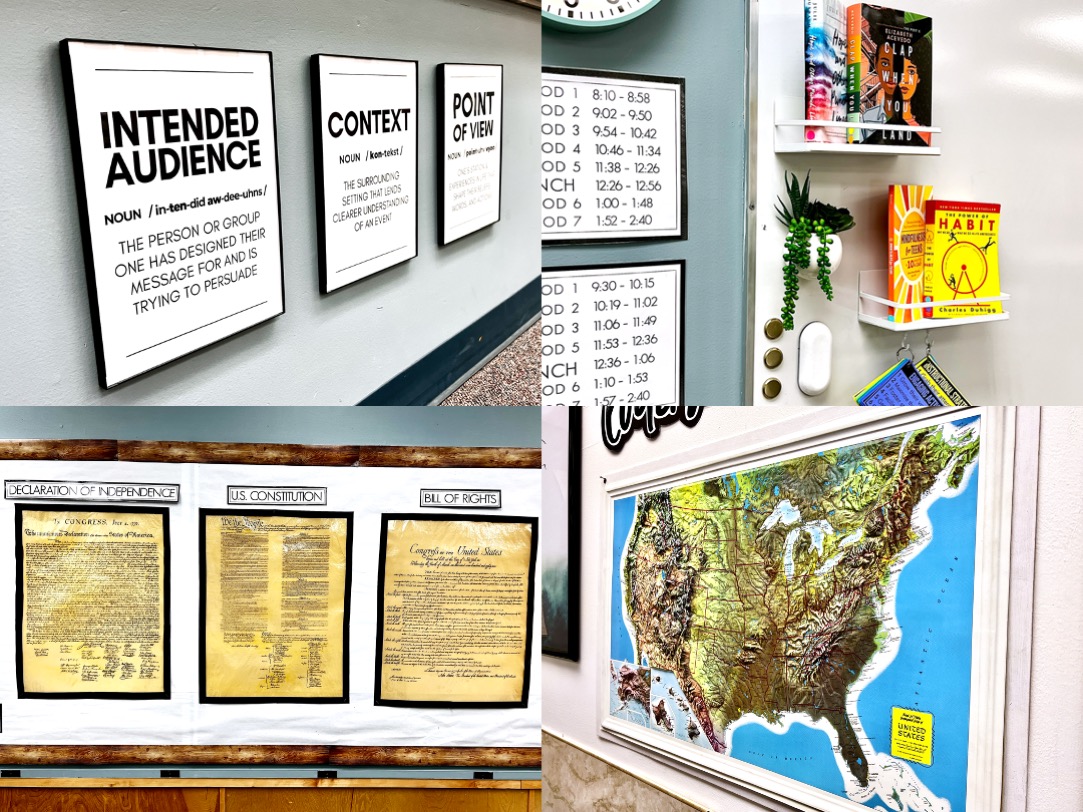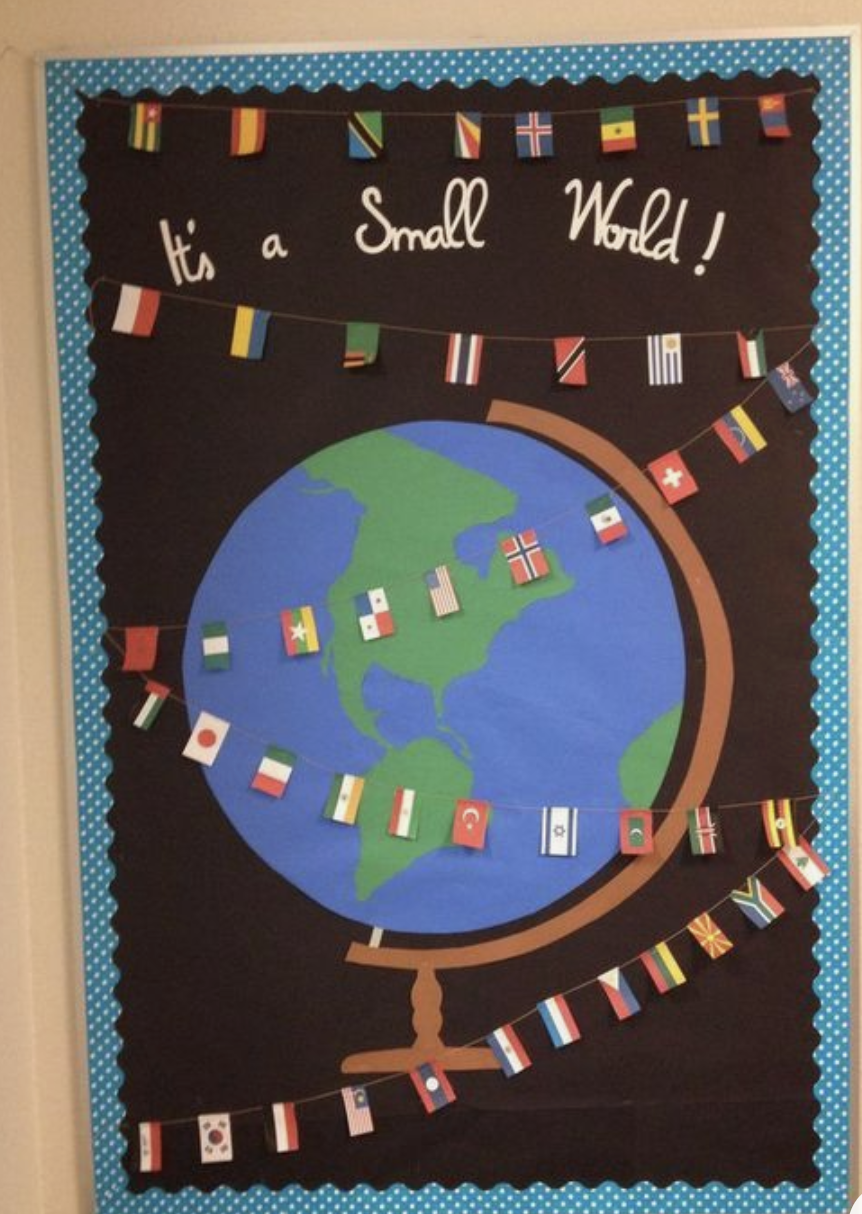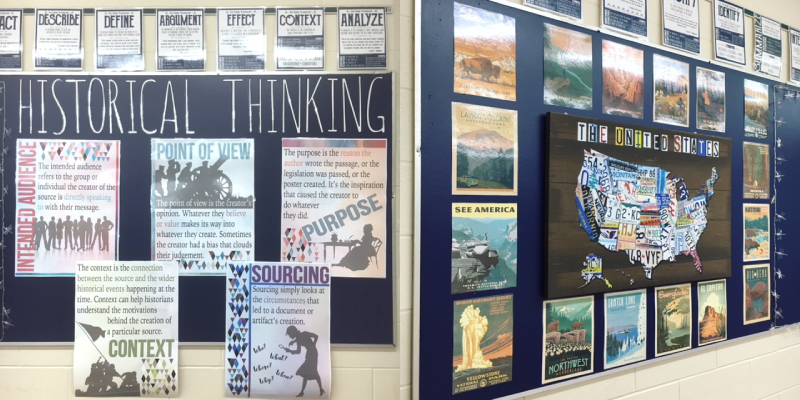Introduction
Welcome to a journey through the world of social studies classroom decorating! As a passionate educator, I’ve discovered that the right decor not only enhances the learning environment but also ignites students’ curiosity. In this article, I’ll share my personal experiences, practical tips, and a wealth of ideas to help you transform your classroom into an engaging space that celebrates the richness of social studies.
Understanding the Importance of Classroom Decor
Classroom decoration plays a vital role in establishing an inviting space where students feel comfortable and inspired to learn. Here are a few reasons why it matters:
- Enhances Learning: Thoughtful decor can reinforce learning objectives and encourage student engagement.
- Creates a Welcoming Atmosphere: A vibrant classroom can make students feel at home and ready to participate.
- Encourages Cultural Awareness: Social studies themes can cultivate an understanding of global cultures and histories.
Key Themes for Social Studies Classroom Decor
1. World Cultures
Highlight different cultures from around the globe with cultural artifacts, maps, and flags.
| Items | Description |
|---|---|
| World Maps | Large, colorful world maps can be displayed prominently, allowing for easy reference. |
| Cultural Artifacts | Introduce students to various cultural items, such as traditional clothing or art pieces. |
Pros and Cons
| Pros | Cons |
|---|---|
| Encourages global awareness | Can be costly to source authentic items |
| Visually appealing | Requires space for display |
2. Historical Eras
Bring history alive by focusing on different historical periods. Here are some ideas:
- Create timeline displays.
- Use bulletin boards to highlight influential figures.
- Incorporate replicas of historical documents.
Pros and Cons
| Pros | Cons |
|---|---|
| Enhances contextual understanding | May require extensive research |
| Engaging for students | Possibility of clutter if not organized |
3. Geography Exploration
Use geography to inspire your decor:
- Install a map wall where students can pin locations.
- Display geographical phenomena with infographics.
- Encourage students to create art based on geographical features.

Pros and Cons
| Pros | Cons |
|---|---|
| Encourages interactive learning | Maintenance required for a clean look |
| Supports critical thinking | More effort in planning |
4. Citizenship and Community
Foster a sense of community and citizenship with the following ideas:
- Highlight local heroes and community leaders.
- Create a ‘Citizenship Wall’ showcasing different civic responsibilities.
- Include interactive voting stations for classroom decisions.

Pros and Cons
| Pros | Cons |
|---|---|
| Encourages active participation | Needs regular updates to remain relevant |
| Builds classroom community | May require student cooperation |
DIY Decoration Ideas
Embrace your creativity with these DIY decoration ideas that can easily be implemented in your classroom:
1. Student Artwork Gallery
Create a space to display students’ art related to social studies themes. Rotate these pieces regularly to showcase different interpretations.
2. Interactive World Map
Use a large bulletin board to create a world map where students can pin photos or notes about different countries they’ve studied.
3. Thematic Bulletin Boards
Establish rotating bulletin boards based on current lessons: a social justice board, a historical timeline, or cultural celebrations.

Pros and Cons
| Pros | Cons |
|---|---|
| Cost-effective | Requires time investment |
| Builds a sense of ownership | Dependent on student engagement |
Incorporating Technology
Today’s classrooms benefit immensely from technology. Here are ways to integrate it into your decor:
1. Digital Displays
Incorporate screens that showcase student projects, current events related to social studies, or interactive quizzes.
2. Virtual Field Trips
Provide a VR station where students can explore historical sites or geographical wonders worldwide.

Tips for Creating a Cohesive Decor Theme
While inspiration is key, having a cohesive theme will ensure your classroom feels harmonious:
- Choose a Color Palette: Stick to 2-3 main colors that represent your theme.
- Use Consistent Fonts: Keep text legible and visually appealing.
- Balance Decoration and Space: Ensure the classroom remains functional and not overcrowded.
Personal Experiences with Classroom Decor
Over the years, I’ve seen firsthand how effective classroom decor can transform learning. One year, I themed my classroom around “Global Citizens.” Through collaborative projects, students created their displays, learning not only about cultures but also taking pride in presenting their work. It was incredible to see students become so engaged, and many would ask, “Can we add more to our wall?” Enthusiasm like that is what every teacher dreams of!

Common Questions About Classroom Decorating
What are some budget-friendly decoration ideas for a social studies classroom?
Consider utilizing student artwork, DIY bulletin boards, and repurposed materials for a creative touch. Thrift stores can also be a gold mine for unique decoration items.
How do I incorporate student feedback into classroom decor?
Regularly conduct surveys or discussions to gauge what students are most excited about. This can help inform future decor changes and create a sense of community ownership.

How often should I change my classroom decor?
It’s beneficial to reassess your decor about every term or after major unit changes. Keeping things fresh can maintain student interest and engagement.
Conclusion
In conclusion, decorating your social studies classroom is an exciting opportunity to inspire young minds. By implementing thoughtful themes, DIY projects, and incorporating technology, you can create a vibrant and engaging learning space. Remember, the goal is to foster curiosity and ignite passion for social studies among your students. Happy decorating!